7 Anti-Science Myths We All Need To Unlearn

Everyone is entitled to their own opinions, but no one is entitled to their own facts.
Everyone is entitled to their own opinions, but no one is entitled to their own facts. What’s amazing about this statement is that it shouldn’t be controversial in any way, and yet many of us routinely find ourselves arguing with people who have rejected well-established scientific facts. With many prominent and popular voices in our culture espousing narratives that undermine and oppose what is actually known — what’s been touted as the rise of alternative facts — it’s important to stand up for the truth, no matter how unpopular it becomes to do so.
While embracing a number of absurd positions may provide entertainment to many, whether arguing that the Earth is flat, humans never landed on the Moon, or that Australia doesn’t exist, they increase misinformation and make it more difficult to take collective action against the very real problems facing our society today. Many of civilization’s greatest successes have come from realistically assessing our dilemmas and tackling them, but that can only occur if we all begin on the same factual footing. In particular, there are seven anti-science myths we all need to be fighting against today.

The problem originates with how we see ourselves. Most of us see ourselves as human: capable of making errors, of being misinformed, and of not having the same level-of-knowledge as an expert in their field. Yet this presumes that our own image of ourselves — our self-identity, if you will — isn’t bound up with our interest in one particular conclusion being vindicated. As Carl Sagan so presciently put it:
“One of the saddest lessons of history is this: If we’ve been bamboozled long enough, we tend to reject any evidence of the bamboozle. We’re no longer interested in finding out the truth. The bamboozle has captured us. It’s simply too painful to acknowledge, even to ourselves, that we’ve been taken. Once you give a charlatan power over you, you almost never get it back.”
As much as we hate to acknowledge it, many of the once-viable ideas that are swimming around in the memory banks of our brains have long since been discredited and ruled out by science. Here, in particular, are seven myths that we all need to unlearn.
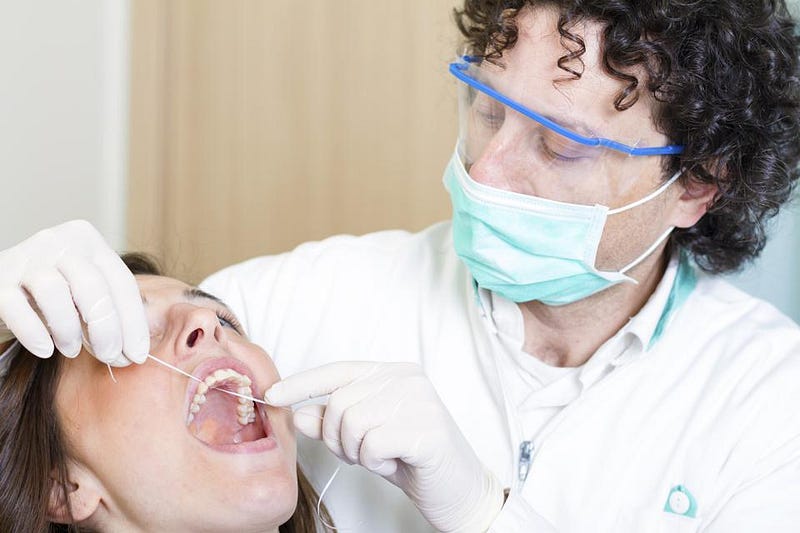
1.) If something wasn’t established in a peer reviewed, double-blind study, it hasn’t been robustly established. If there’s a subtle but substantial effect that you want to quantify, a peer reviewed, double-blind study is one of the gold standards for any health or medical inquiry. But if you begin your study and start noticing an extraordinary prevalence of ill effects among one group — or you know that such a study would produce ill effects among one group in a proposed study — you cannot continue. It would be unethical to do so, and this has happened many times throughout history.
The original study on the use of antisepsis during surgical procedures, performed by Joseph Lister, was aborted after amputating only a few dozen patients: in the “with antisepsis” group, only 15% of patients died after surgery, whereas approximately 50% died in the “without antisepsis” group. It would have been unethical to continue killing people, and antiseptic procedures were rapidly adopted only a few years afterwards. Recently, the act of flossing your teeth was incorrectly derided on those very same grounds. In instances where withholding basic medical care would be unethical, we do not perform studies.
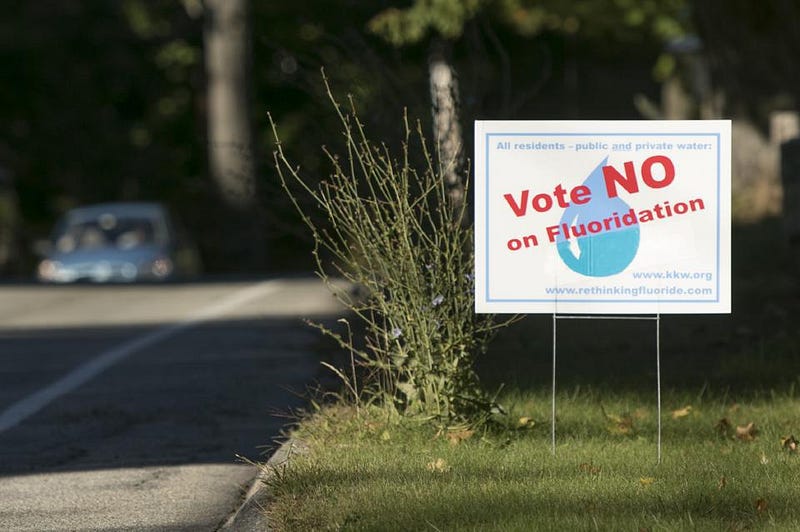
2.) Fluoridated drinking water offers no health benefits, is unsafe, and causes us to ingest toxic chemicals. If there’s one fear you can play to that’s guaranteed to generate an emotional response, it’s this: that following a certain public health recommendation will potentially cause significant harm or injury to a young, developing child. Although the science is very strong that water fluoridation at the proper levels reduces cavities by about 40% versus unfluoridated drinking water, some activists have stoked an unfounded fear that fluoride reduces the IQ of children who ingest it.
Of course, only severely overfluoridated water produces those effects, just like drinking 66 cups of green tea (which contains natural fluoride) per day for years can cause skeletal fluorosis. Communities without water fluoridation, such as Portland, OR, see the negative effects of poor dental health disproportionately affecting poorer families and communities of color. Nevertheless, these false claims about fluoride’s toxicity and incorrectly alleged ineffectiveness continue to hold sway over many, with activist groups like the Fluoride Action Network successfully fear-mongering their way into cultural, but not scientific, relevance.
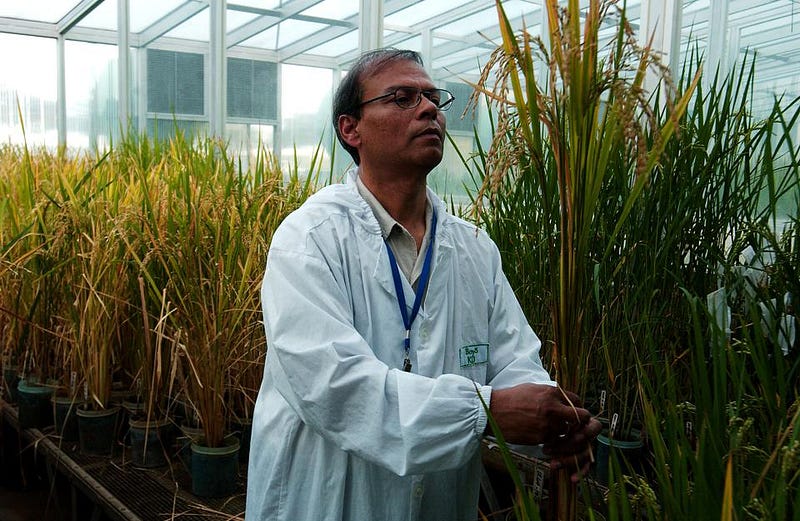
3.) Organic and non-GMO crops are healthier for human beings than their non-organic or GMO counterparts. There are many reasons to support better, more diverse, more sustainable farming and agricultural practices. There are excellent studies on soil depletion, the problems associated with monoculture crops, the facts that our fruits and vegetables have lower micronutrient densities than they did decades ago, etc. In many ways, agricultural science is advancing, and it is the great hope among many that large-scale food production will undergo a revolution in the coming years.
But that doesn’t mean that genetically modified organisms (GMOs) are nutritionally inferior to non-GMO plants. Nor does it mean that foods that are certified organic are more nutritious than their non-organic counterparts. In fact, not only do scientific studies show that nutrient densities are no lower for GMOs or non-organic foods than for non-GMOs or organic foods, but that many nutrient deficiencies can be undone by switching to certain genetically modified crops, such as golden rice, which supplies vitamin A. Contrary to the popular narrative, GMOs could save more than a million lives and spare approximately ~500,000 children from going blind on an annual basis.

4.) Human emissions of greenhouse gases aren’t necessarily responsible for global climate change. The science linking human-created greenhouse gases, like carbon dioxide, to an increase in the global average temperature has been around for a very long time: more than a century. The first detailed climate model is more than 50 years old, and its large-scale predictions are still valid today. The facts are very simple: a doubling of CO2 concentration leads to a global atmospheric temperature rise of ~2 °C (~3.6 °F), and that since the start of the industrial revolution, human activity has raised our CO2 concentration by a little more than 50%. The observed temperature rise is consistent with that.
And yet, people’s partisanship is a far more decisive factor in determining whether they accept the science surrounding global warming and global climate change than any set of knowledge or understanding about science. The Earth is warming at unprecedented rates; although the climate does change naturally, the changes we’re seeing today are a consequence of human activity. It isn’t the Sun, it isn’t volcanoes, it isn’t any combination of natural causes. This is one scientific fact, like the fact that cigarette smoking is bad for your health, that we cannot politicize away.

5.) The CDC’s recommended vaccine schedule is not safe, not effective, and can cause adverse health effects. Vaccinations have been rated by many organization, such as the World Health Organization and the Centers for Disease Control, as perhaps the greatest public health achievement of the 20th century. Diseases that once ran rampant, killing significant percentages of the population and permanently injuring significantly more, have been nearly eradicated from humanity. Measles, mumps, polio, chickenpox, pertussis, diphtheria, and many other illnesses have been almost eliminated entirely.
A large vaccinated population also serves to protect the young, the immunocompromised, and those who did not obtain immunity from the vaccine. Where the illness is not present in the population, it cannot spread to otherwise vulnerable individuals.
Except, of course, in regions where a significant fraction of the people have rejected vaccination for non-medical reasons. Despite the overwhelming scientific evidence that vaccines are safe, effective, and do not cause autism, along with enormous transparency of the vaccine approval process, many remain fearful of potential vaccine side-effects. Meanwhile, preventable illnesses have undergone a resurgence, and nearly half of Americans are resistant to even the possibility of taking a vaccine against the novel coronavirus: the deadliest pandemic in our lifetimes.
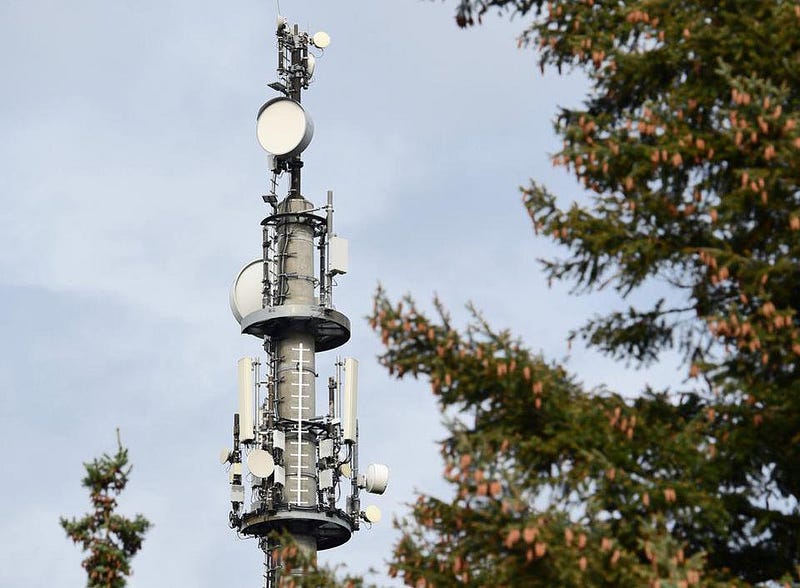
6.) 5G radiation is harmful to humans, and can cause a myriad of negative health effects. This, again, is a case where “fear of the unknown” dominates the public discourse, despite the science being very strong against any evidence for cancers, brain tumors, cellular stress, free radicals, genetic damage, changes in memory or reproduction, or neurological disorders. Classified as “possibly carcinogenic” by the WHO, radiofrequency (RF) radiation — of which 5G is an example — has the same risk level as drinking coffee, seasoning your food with thyme, or holding a U.S. nickel in the palm of your hand.
- this radiation is non-ionizing,
- there have been no ill effects among RF workers who receive the greatest exposure,
- there have been no increases in brain tumor frequency since the advent of cellphones,
- and no health problems of any type have been linked to 5G or RF radiation in general with any significant degree of confidence.
And yet, a few conspiracy-minded scientists have stoked public fear of this technology and associated ones for many years, convincing many. The fact is that the science does not support any dangers arising from 5G, and no amount of fear-mongering will change that conclusion.
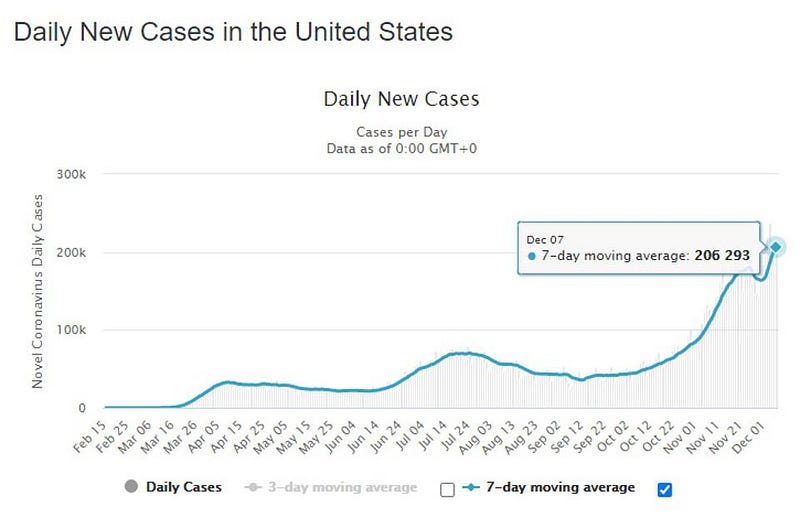
7.) The novel coronavirus and the illness it causes in humans, COVID-19, is no worse than the flu. This is perhaps the saddest item on the list. We are currently mired in a global pandemic where:
- more than 68 million people (and more than 15 million US residents) have been infected,
- more than 1.5 million (nearly 300,000 in the United States) have died,
- and millions more continue to suffer from long-term respiratory, kidney, cardiovascular, digestive, and sexual malfunctions.
Most of us know numerous people who’ve been infected. A large fraction of us know someone who’s died from it. And even more know people whose lives will likely never be the same after contracting it.
And yet, largely driven by people’s political ideologies, many continue to insist that this new strain of coronavirus is “just the flu.” We are only beginning to uncover the long-term ramifications associated with a COVID-19 infection, while both new infections and deaths-per-day sit at record highs in the United States. If this were “just the flu,” it would be the worst flu ever in more than 100 years. Worst of all, it shows no signs of slowing down. In this particular instance, the consequences of science denial is infection, illness, and death: consequences that would be entirely preventable with optimal behavior.
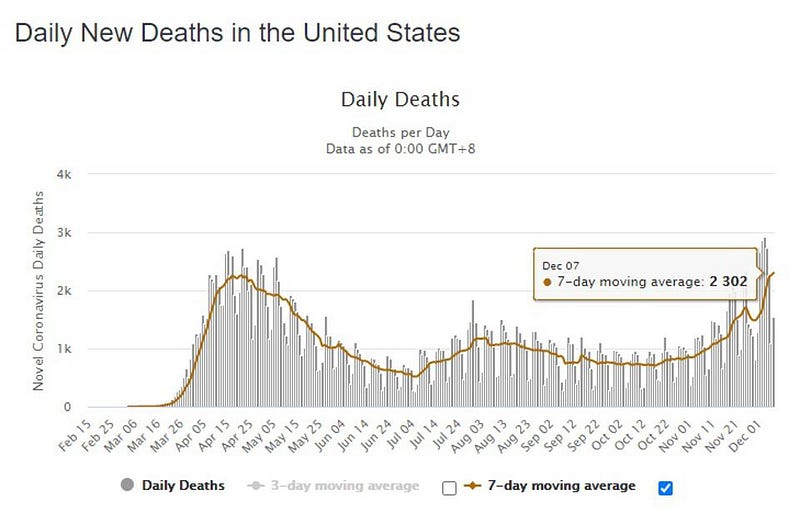
The most frustrating thing about science denial is that it’s completely avoidable. We wouldn’t have this problem if we chose to ask questions like, “what does the science say?” rather than “what do the people whose views I like say?” We all know that the Earth is round, humans have walked on the Moon, and that Australia exists; we can all wink and smile and laugh at those who espouse otherwise.
But we continue to deny a number of issues that are just as scientifically sound. We know that fluoridated drinking water offers substantial benefits and no harm. We’ve determined that organic and non-GMO crops are no healthier than non-organic and/or GMO crops. We’ve clearly established that greenhouse gas emissions really are driving global climate change, that vaccinations are a safe, effective, and successful public health intervention, and that 5G is safe for humans and causes no ill health effects.
Most relevant to the decisions we’re making right now, we definitely know that the novel coronavirus is significantly different from and more severe than the flu. Literally hundreds of thousands of lives depend on our actions over the next few days and weeks. If you care at all about the health, safety, and welfare of others, you’ll accept what’s scientifically known as your factual starting point. Anything less is simply surrendering to, as Carl Sagan put it, the bamboozle.
Starts With A Bang is written by Ethan Siegel, Ph.D., author of Beyond The Galaxy, and Treknology: The Science of Star Trek from Tricorders to Warp Drive.





